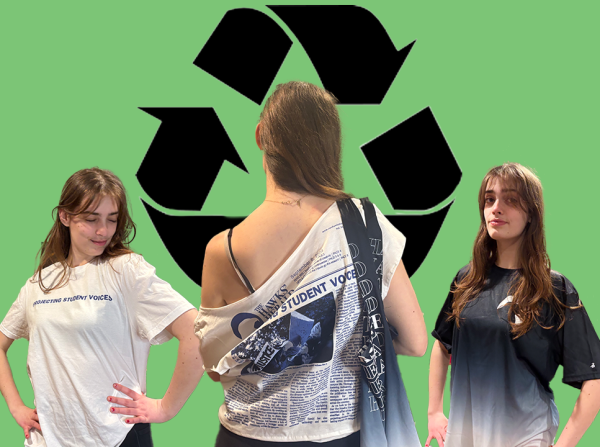Reducing your carbon footprint
Noah Hedley
Herald contributor
Many of the everyday activities carried out by college students tend to leave carbon footprints on the environment. Charging smart phones, using single-use plastic bottles and utensils, and driving to and from campus are all examples of creating a carbon footprint.
Although it may be impossible or unrealistic to change all of a student’s habits to live a more sustainable and eco-friendly lifestyle, there are certainly many easy ways to lower or neutralize certain aspects of the carbon footprint.
One example is to think about the toothbrush students have at home. It’s most likely made up of rubber and plastic, or an electric brush if that’s more someone’s style. The issue with these brushes is that they are not biodegradable and can add to the endless mass of anthropogenic trash in the ocean and landfills.
A great alternative to these are bamboo and plant-based toothbrushes. These producers source their material from certified sustainable resources, which last just as long as traditional toothbrushes. The only difference is that they are 100 percent biodegradable and recyclable. Certain companies are also dedicated to donating profits to charities or other sustainable programs around the world.
People may not think that they are harming the environment in any way when they charge their phones or send a text. Unfortunately, charging phones means using electricity, which is most likely produced by coal plants that produce huge amount of carbon dioxide. Annually, the energy use impact of a single person charging their phone is fairly negligible in the grand scheme of the footprint related issues today—but, multiply that number by the 3.5 billion cellphone users in the world and the impact suddenly isn’t so hard to see.





